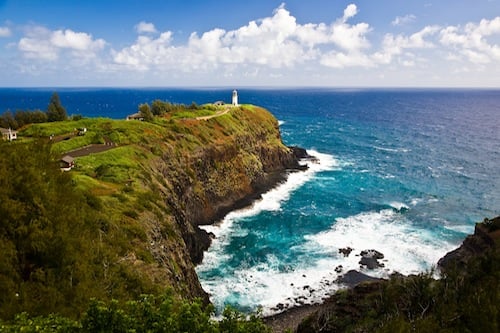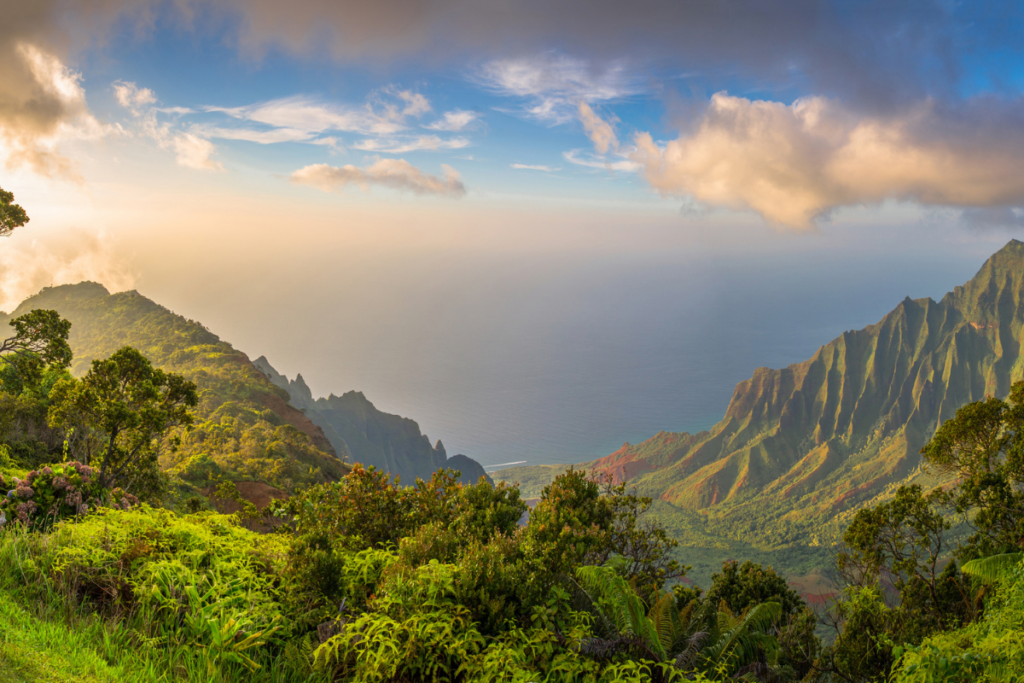Kilauea Point lighthouse, wildlife refuge to reduce visitor days beginning Feb. 2

Beginning in February, the Daniel K. Inouye Kilauea Point Lighthouse, one of Kauai’s most visited landmarks, will reduce its operational days from seven to five days a week.
The U.S. Fish and Wildlife Service, which operates the lighthouse and the 203-acre Kilauea Point National Wildlife Refuge where it is located, will begins closing for Sundays and Mondays starting Feb. 2. The refuge, home to some of the largest populations of nesting seabirds in the main Hawaiian Islands, will switch to a Tuesday through Saturday schedule thereafter, with opening hours of 10 a.m. to 4 p.m. The refuge will be closed on most major holidays, too.
The government agency decided to make the schedule change due to flat and declining operational budgets, it said in a new release. The refuge could no longer afford to maintain a staff to man its visitor program and conduct conservation work seven days a week.
“There are many facets to operating a visitor services program at Kilauea Point National Wildlife Refuge,” says refuge manger Shannon Stutzer-Smith. “Our staff is dedicated to managing the wildlife, cultural, historical, and other natural resources while providing a safe, high-quality opportunity for visitors. We can better serve both wildlife and visitors by moving to a reduced schedule.”

The 31-acre Kilauea Point peninsula was purchased by the U.S. government in 1909 for $1, for the construction of a lighthouse. The Kilauea Point Lighthouse, the northernmost point of Kauaʻi and of all inhabited Hawaiian islands, was dedicated on May 1, 1913. Exactly 100 years later, the lighthouse was renamed the Daniel K. Inouye Kilauea Point Lighthouse, in honor of the late Hawaii senator. Inouye had been instrumental in establishing the refuge in 1985 and in the lighthouse’s $2 million restoration five years ago. The lighthouse was placed on the National Register of Historic Places in 1979.
After its acreage was transferred from the United States Coast Guard in 1985, the peninsula was established as a refuge for preserving and enhancing seabird nesting colonies. It is home to some of the largest populations of nesting seabirds in the main Hawaiian Islands. Visitors to the point can also catch Hawaiian monk seals in the peninsula’s cove, native Hawaiian coastal plants and nene goose on its hillsides. The peninsula also offers one of the best shoreline vantage points on Kauai to view humpback whales during Hawaii whale season.
For more information on the Kilauea Point National Wildlife Refuge, click here.




